Air compressor amp draw refers to the amount of electrical current that an air compressor draws when it is in operation. The amp draw of an air compressor can vary depending on its size, horsepower, and the specific tasks it is being used for.
It is important to consider the amp draw of an air compressor when selecting one for a particular application, as it will determine the electrical requirements and compatibility with existing power systems. Here we will guide you through everything you need to know about measuring and interpreting air compressor draw.
From understanding the basics of amp draw to calculating the amp draw of your specific compressor model, we’ve got you covered. By the end, you’ll be a pro at mastering air compressor amp draw and achieving optimal performance.
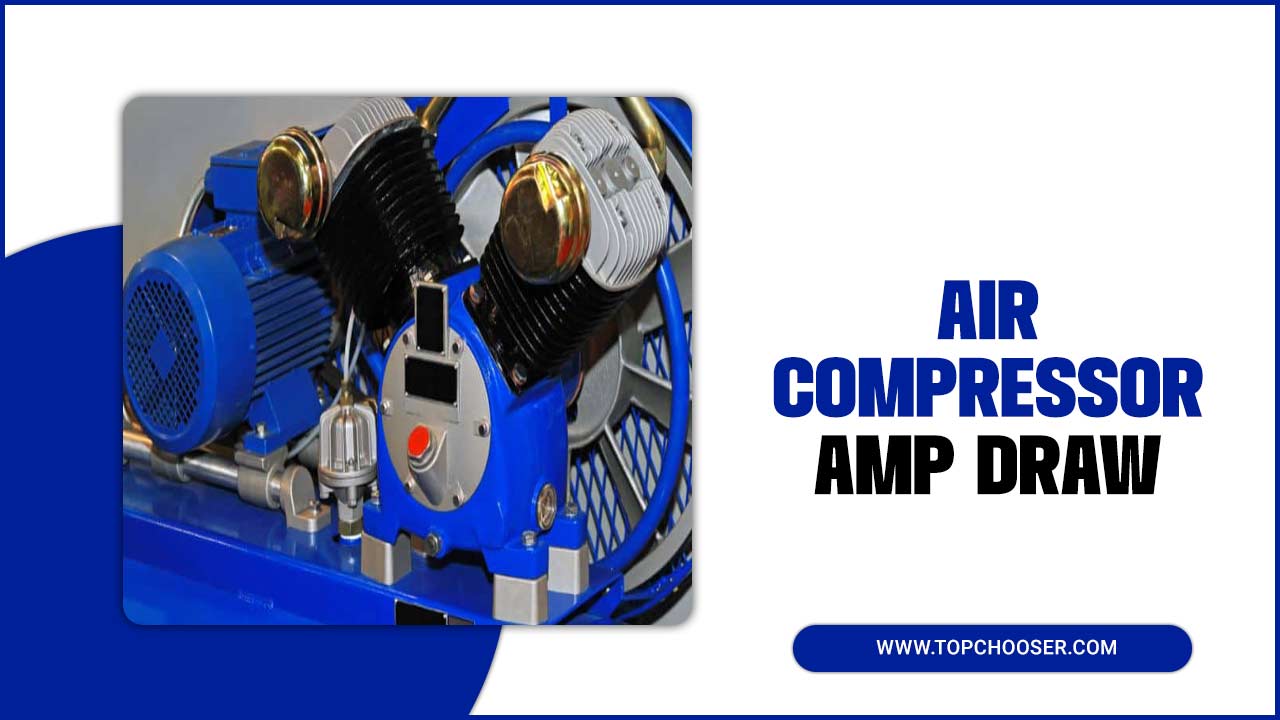
Understanding The Basics Of Amp Draw
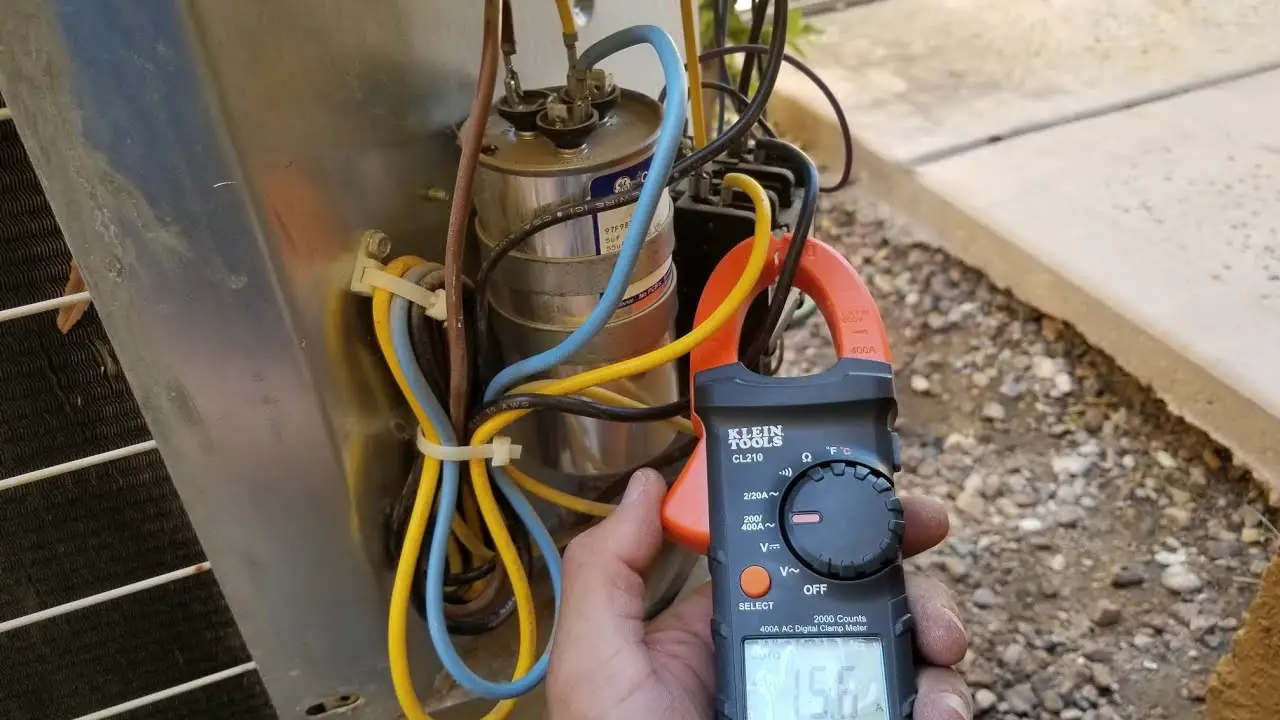
Amp draw is an essential measurement of the electrical current utilized by an air compressor during operation. By monitoring the amp draw, you can identify any motor issues or inefficiencies in the compressor’s performance.
Understanding the basics of amp drawers is crucial for troubleshooting and maintaining your air compressor. Proper interpretation of amp draw readings prevents circuit overloading and ensures safe operation. Remember that amp draw can vary depending on compressor size, motor horsepower, and workload.
Measure And Interpret Air Compressor Amp Draw In Easily
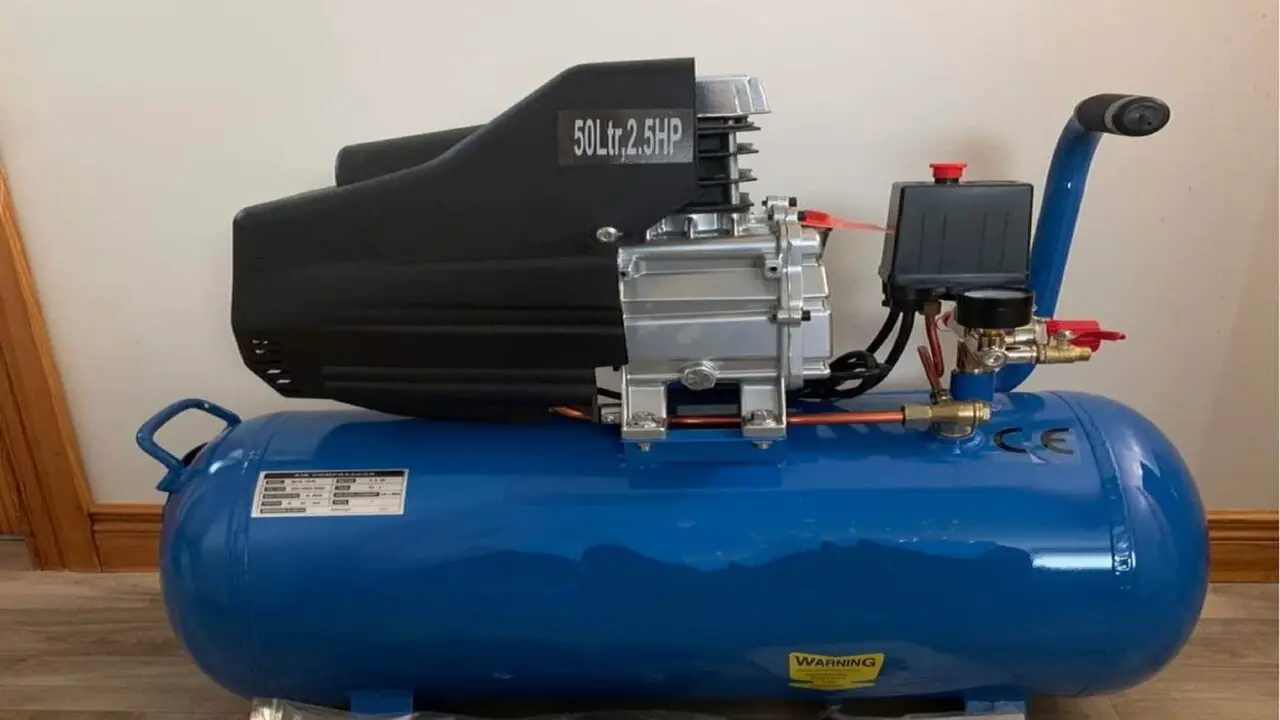
Measuring and interpreting the amp draw of an air compressor can provide valuable information about its performance and electrical efficiency. You will need a clamp meter capable of measuring AC amperage to measure the amp draw. Simply attach the clamp meter around one of the power supply wires leading to the compressor motor and read the displayed amperage.
The amp draw will vary depending on load, motor size, and efficiency. It is important to compare the measured amp draw to the manufacturer’s specifications for your specific model to ensure it is operating within acceptable limits.
If the amp draw is significantly higher than expected, it may indicate an issue with the motor or other components that require further examination or repair by a qualified technician. Conversely, if the amp draw is consistently lower than expected, it could indicate a problem with the power supply or wiring.
Monitoring and interpreting the amp draw of your air compressor can help you identify potential issues early on and ensure optimal performance and longevity. Scroll down to get into details air compressor amp draw.
Calculating The Amp Draw Of Your Compressor
Calculating the amp draw of your compressor is an important step in understanding its power consumption and ensuring that it is operating efficiently. You must know the compressor’s horsepower (HP) rating and voltage to calculate the amp draw. The formula for calculating amp draw is: Amps = (HP x 746) / (Voltage x Efficiency).
Efficiency is a factor that considers the motor’s efficiency and can typically be found in the manufacturer’s specifications. By calculating the amp draw of your compressor, you can ensure that it is not overloading circuits or causing electrical issues and make any necessary adjustments to optimize its performance.
Interpreting The Results Of Your Amp Draw Test
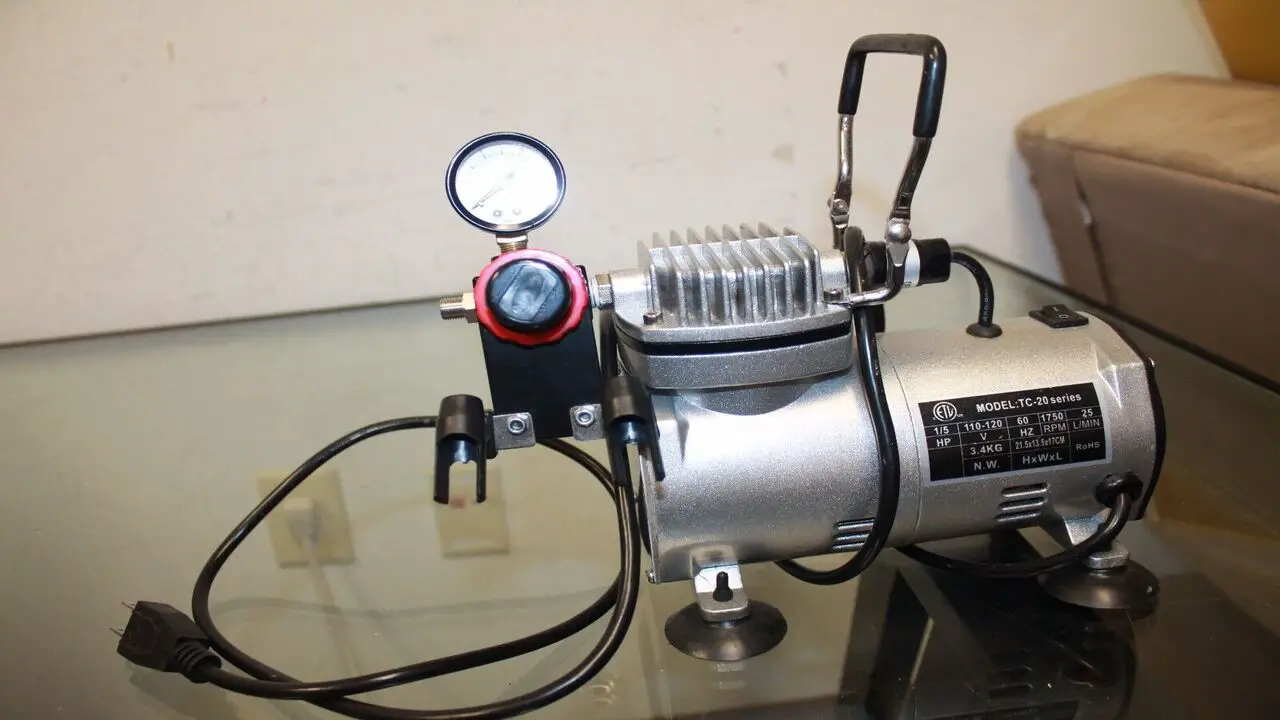
When conducting an amp draw test on your air compressor, the results provide valuable information about its electrical efficiency. A high amp draw may indicate motor or component issues that require maintenance.
On the other hand, a low amp draw could suggest problems with the power supply or inadequate pressure output. To ensure optimal performance, compare the amp draw to the manufacturer’s specifications. By regularly monitoring the amp draw, you can identify potential problems before they escalate into major issues.
Examining The Impact Of Voltage On Amp Draw
When examining the impact of voltage on amp draw, it is important to understand the relationship between these two electrical measurements. Voltage refers to the potential difference or electrical pressure in a circuit, while amp draw refers to the amount of current flowing through that circuit.
The relationship between voltage and amp draw is governed by Ohm’s Law, which states that current (in amps) is equal to voltage (in volts) divided by resistance (in ohms). In simple terms, as voltage increases, so does amp draw, assuming resistance remains constant.
Higher voltages can result in higher currents flowing through a circuit. Considering this relationship when working with electrical systems is crucial, and ensuring proper safety measures are in place to handle increased amp draw at higher voltages.
Utilizing An Inverter To Power Your Compressor
Utilizing an inverter to power your compressor can offer several advantages. An inverter converts DC power from a battery or other source into AC power, allowing you to run your compressor off a DC power source. This can be particularly useful when AC power is not readily available, such as when working in remote locations or during power outages.
In addition, using an inverter can help reduce noise and fuel consumption compared to using a generator to power your compressor. However, it is important to ensure that the inverter you choose is compatible with the power requirements of your compressor and that it has sufficient capacity to handle the starting current of the compressor motor. Consulting with a knowledgeable professional can help you determine the best inverter solution for your needs.
Factors To Consider When Using An Inverter
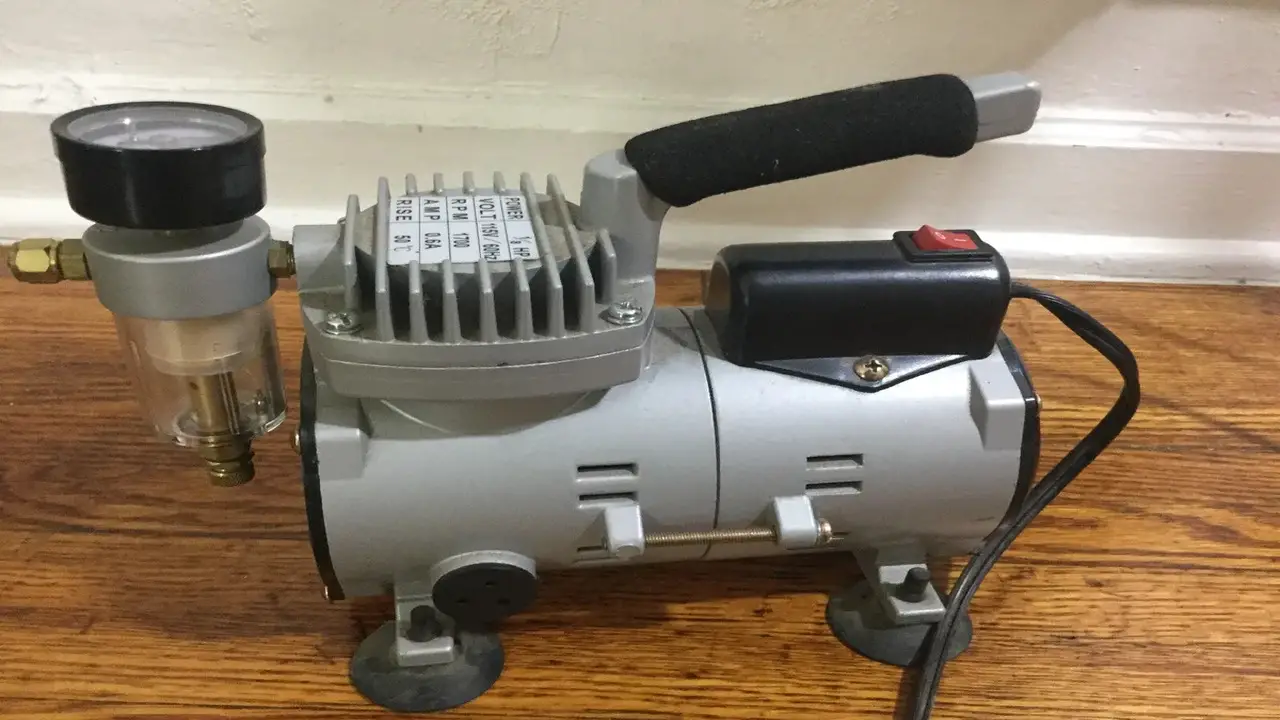
When using an inverter to power your air compressor, several factors must be considered. First, make sure the inverter has the capacity to handle the amp draw of your compressor. High efficiency is also important to minimize power loss.
Additionally, consider the inverter’s surge capacity to handle power surges during compressor start-up. Take into account any voltage drop that may occur when using an inverter. Finally, prioritize safety by using an inverter with built-in protection features such as overload and short circuit protection.
Ensuring Proper Power Supply For Your Compressor
Ensuring proper power supply for your compressor is essential for its efficient and effective operation. Compressors are power-hungry machines that require a stable and reliable source of electricity to function optimally. It is crucial to understand the power requirements of your compressor and ensure that the electrical system can handle the load.
This includes checking the power supply’s voltage, phase, and current capacity. It is also important to have appropriate circuit protection, such as circuit breakers or fuses, to prevent electrical overloads and damage to the compressor.
Regular maintenance and inspection of electrical connections, cables, and wiring are necessary to identify potential issues or hazards. By taking these measures, you can ensure a smooth and uninterrupted power supply for your compressor, prolong its lifespan and avoid costly breakdowns or repairs.
Checking The Amp Draw Of Your Compressor Regularly
Regularly monitoring the amp draw of your air compressor is crucial for maintaining its performance and identifying potential issues. The amp draw can indicate the efficiency of the compressor and highlight any excessive strain it may be experiencing.
Overloading the compressor can lead to motor burnout and costly repairs, making it essential to watch the amp draw. By regularly tracking the amp draw, you can detect any changes or abnormalities that may require maintenance or adjustments. Understanding the amp draw allows for optimal performance and increases the lifespan of your compressor.
Troubleshooting High Amp Draw Issues
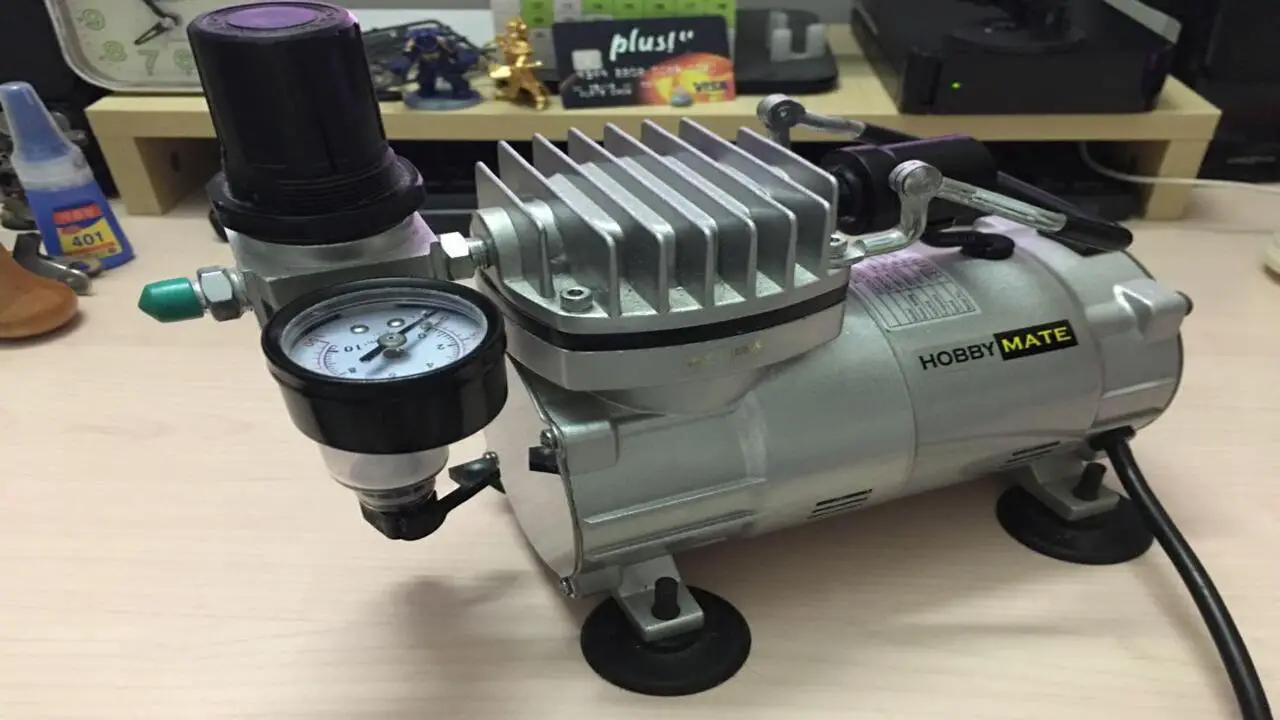
Troubleshooting high amp draw issues is crucial for maintaining the performance of your air compressor. A high amp draw can indicate underlying problems with the motor or compressor, such as overheating or excessive load. To address this issue, start by checking for any obstructions in the air intake or exhaust vents that may be causing the high amp draw.
Inspect the power supply and wiring connections for any loose or damaged components. Another factor to consider is adjusting the pressure settings on the air compressor, as high pressures can lead to increased amp draw. If these troubleshooting steps do not resolve the issue, consulting a professional for further assistance and potential repairs is recommended.
Conclusion
Understanding the amp draw of your air compressor is essential for ensuring its optimal performance and preventing any electrical issues. If you’re looking for information about the amount of electrical current an air compressor draws, or “air compressor amp draw,” you have come to the right place.
The amount of current an air compressor needs to operate depends on the air compressor’s size and power, as well as the type of motor it uses. By monitoring the amp draw, you can identify any potential problems, such as motor overload or electrical malfunction, and take appropriate action to rectify them.
Consider your air compressor’s manual or seek professional advice if you have any concerns about its amp draw. You can keep your air compressor running smoothly and efficiently for years with proper maintenance and regular monitoring.
Frequently Asked Questions
[rank_math_rich_snippet id=”s-1e5e1e6d-1e28-4058-b0e8-78820be70bb9″]

I am passionate about home engineering. I specialize in designing, installing, and maintaining heating, ventilation, and air conditioning systems. My goal is to help people stay comfortable in their homes all year long.
